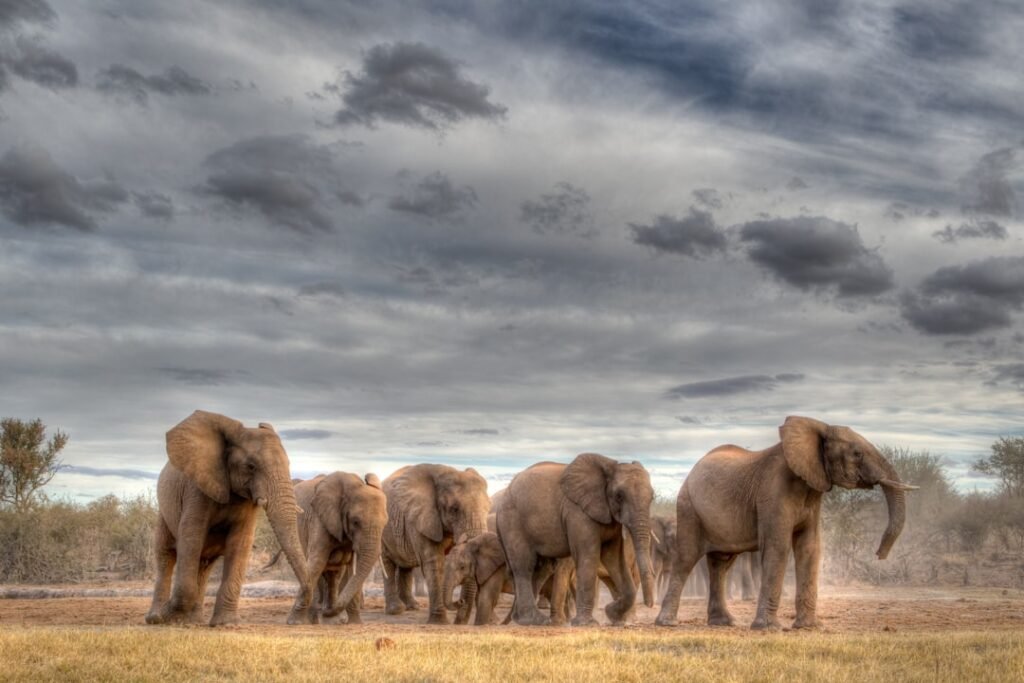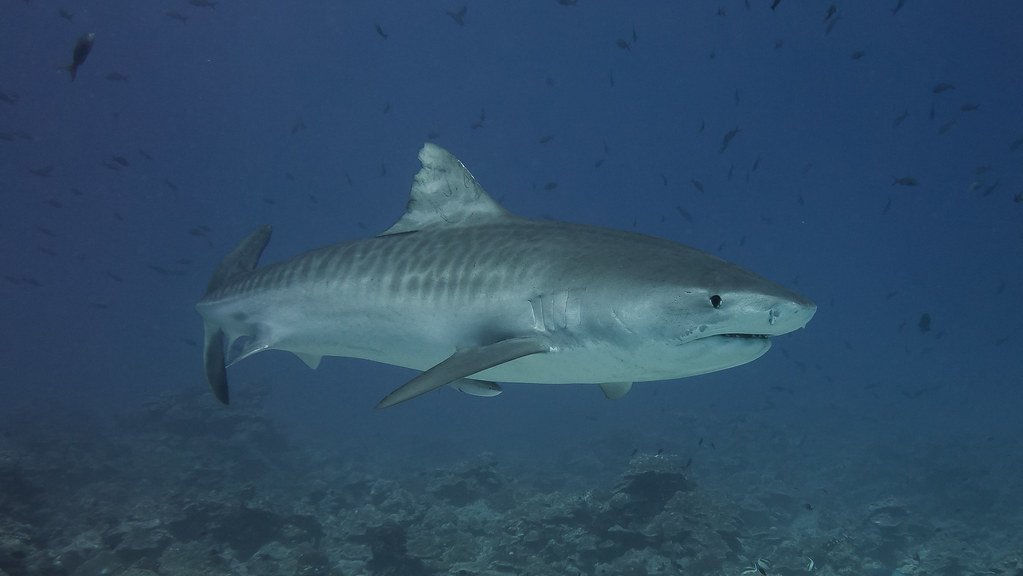SpaceX’s Starship Flight 8 erupted in fireballs across the Atlantic Ocean on March 6 2025, the show was evident across Florida all the way to the Caribbean and was an eerie reminder of the difficult and gruelling challenges of rocket science. Behind the dramatic nature of the explosion is a fascinating story of engineering-related detective work. SpaceX traced the failure to a split-second “flash” in the rocket’s engine bay, a flaw that forced a radical redesign of critical systems. As Starship Flight 9 prepares for launch on May 27, the company is betting on upgrades ranging from nitrogen purge systems to engine isolation fixes. Here’s an in-depth look at what went wrong, how SpaceX solved it, and why the next flight could mark a turning point in the quest for a fully reusable Mars rocket.
The “Basement Fire” That Doomed Flight 8
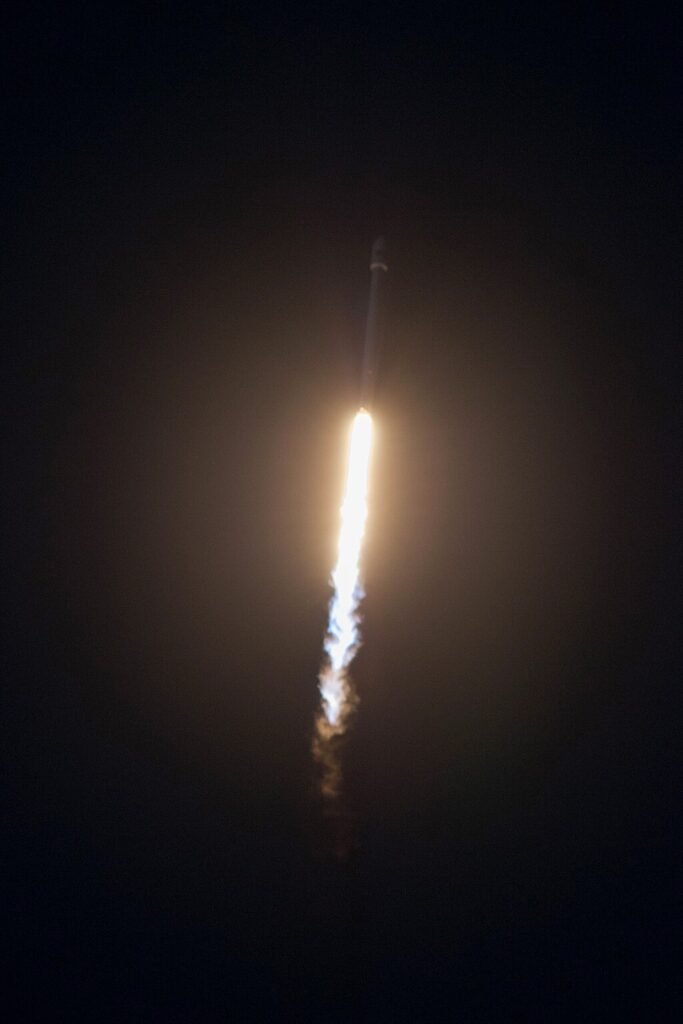
Flight 7’s failure resulted from a fire in Starship’s “attic,” the space between the oxygen tank and heat shield; Flight 8’s death started in its “basement,” the engine compartment housing six Raptor engines. Unprecedented flash near a center sea-level Raptor revealed by telemetry set off uncontrollably mixing of propellant that quickly shut down three engines. The resultant thrust imbalance drove the vehicle into a fatal tumble and caused the flight termination system to act.
The “energetic event” (SpaceX’s euphemism for explosion) happened just as the upper stage was getting ready to launch dummy Starlink satellites, a milestone now delayed to Flight 9.
The Raptor Engine’s Hidden Weakness
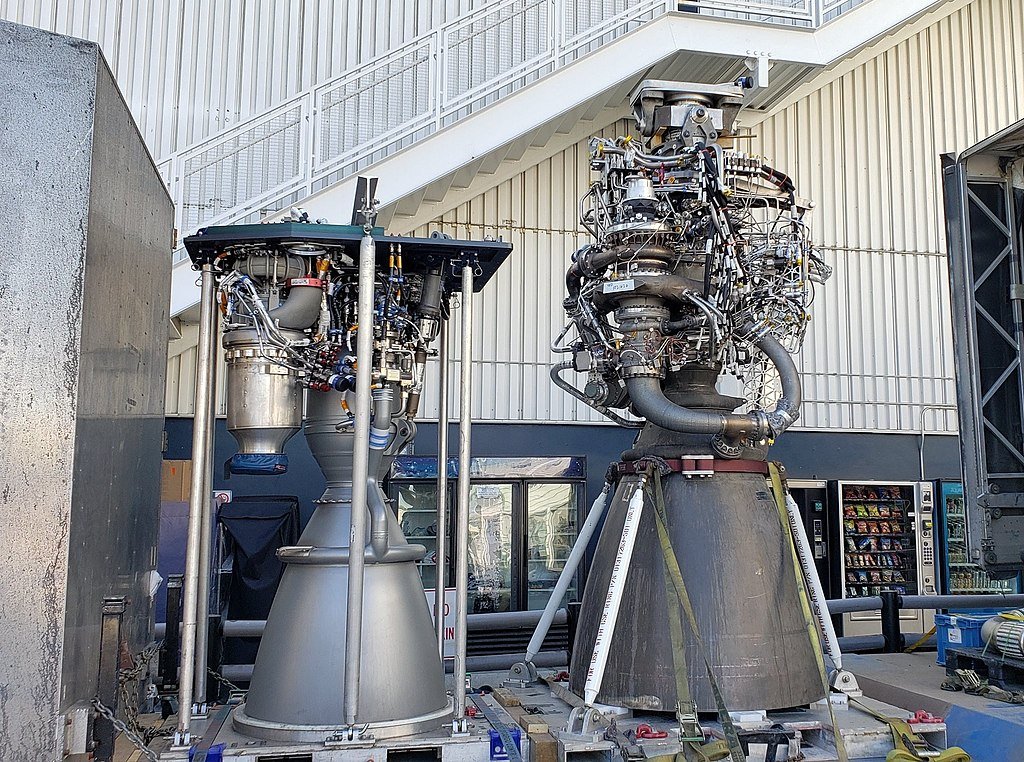
After looking at one center Raptor, SpaceX found a hardware issue as the cause. Unlike the vibration-induced leaks in Flight 7, Flight 8’s problem concerned torch igniters components meant to light the methane and oxygen of the engine. Thermal analysis revealed that the limited plumbing of the engine bay aggravated some igniters’ failure during restart attempts, a result of localized overheating.
Unexpected Angle: With just 11 of 13 engines relighting during its boostback burn, the Super Heavy booster likewise suffered. SpaceX found a structural problem across both stages by tracking similar ignition problems.
Fixes: From Nitrogen Purges to “Raptor 3”
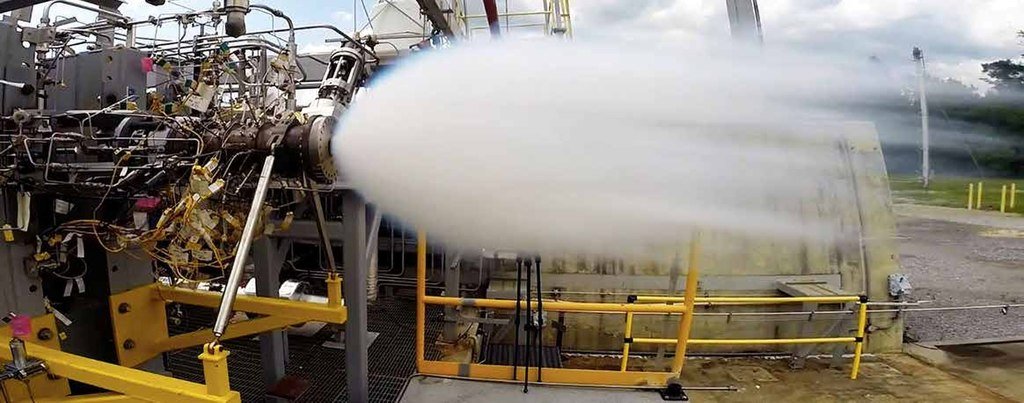
SpaceX is releasing three main updates to stop repeat failures:
- Floods the engine bay with inert gas to stop flammable gas buildup.
- Extra preload on propellant line connections will help to resist strong vibrations.
- Though these won’t show until after Flight, future engines will have redesigned igniters and fewer leak-prone joints.
Under FAA oversight, engineers ran more than 100 engine test fires in McGregor, Texas, simulating failure situations.
Flight 9’s High-Stakes Experiment
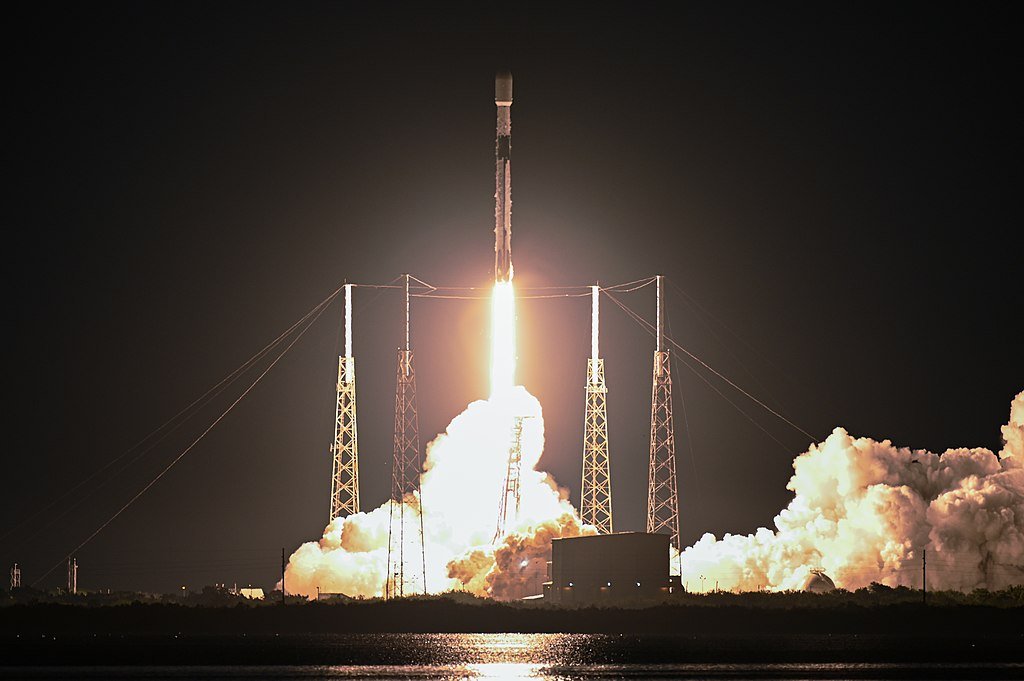
Scheduled for May 27, Flight 9 will reuse the same Super Heavy booster that flew on Flight 7 a first for Starship. While the booster will ditch in the Gulf of Mexico (avoiding risk to the launch tower), the upper stage will again attempt Starlink simulator deployments and an engine relight in space.
Contingency Plan: Road closures are reserved through May 29, hinting at SpaceX’s caution. The FAA has greenlit the launch but will monitor debris zones closely after Flight 8’s disruption of 240 flights.
Why These Failures Matter

Although Elon Musk has referred to Starship’s explosions as “minor setbacks,” every setback reveals important information. Flight 7 revealed vibrations; Flight 8 focused on ignition fragility. NASA depending on Starship for Artemis moon landings puts pressure on SpaceX to iterate quickly. One engineer pointed out: “Every flame-out gets us closer to Mars”.
How to Watch the Next Chapter
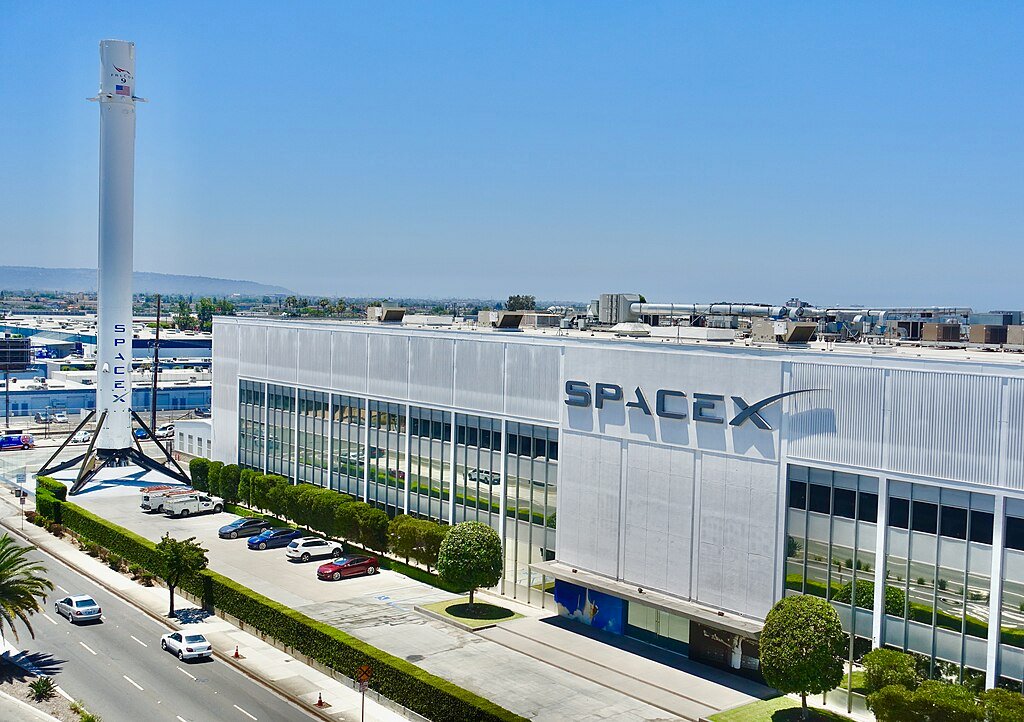
SpaceX will livestream Flight 9 starting at 7:00 PM EDT on May 27, with Space.com hosting a simulcast. Viewers should watch for two key moments: the Super Heavy’s experimental landing maneuvers and the upper stage’s payload door operation, a dress rehearsal for future Starlink launches.
Final Thought
If Flight 9 succeeds, it could validate SpaceX’s rapid-fire testing approach. If it fails, the company will likely shrug and try again because in the race to make rockets as reliable as airplanes, every explosion writes the textbook for the next attempt.
Sources:

Jan loves Wildlife and Animals and is one of the founders of Animals Around The Globe. He holds an MSc in Finance & Economics and is a passionate PADI Open Water Diver. His favorite animals are Mountain Gorillas, Tigers, and Great White Sharks. He lived in South Africa, Germany, the USA, Ireland, Italy, China, and Australia. Before AATG, Jan worked for Google, Axel Springer, BMW and others.


